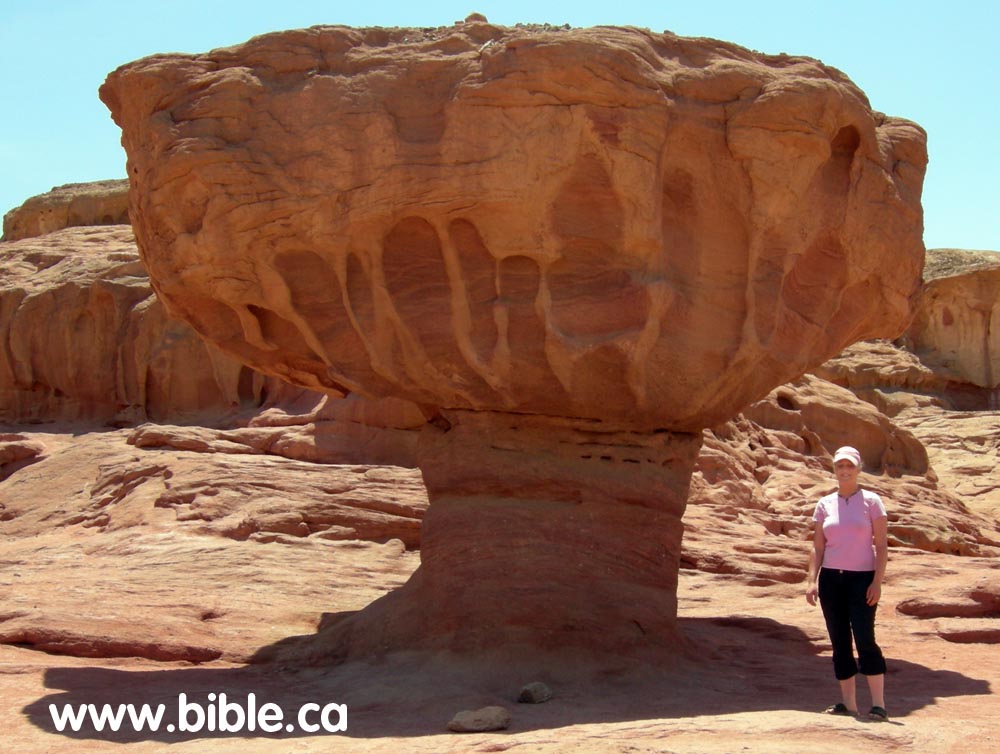
Amateur archeologist, Talitha Rudd
discovers Timna Mushroom (for herself).
Timna

Amateur archeologist, Talitha Rudd
discovers Timna Mushroom (for herself).
Introduction:
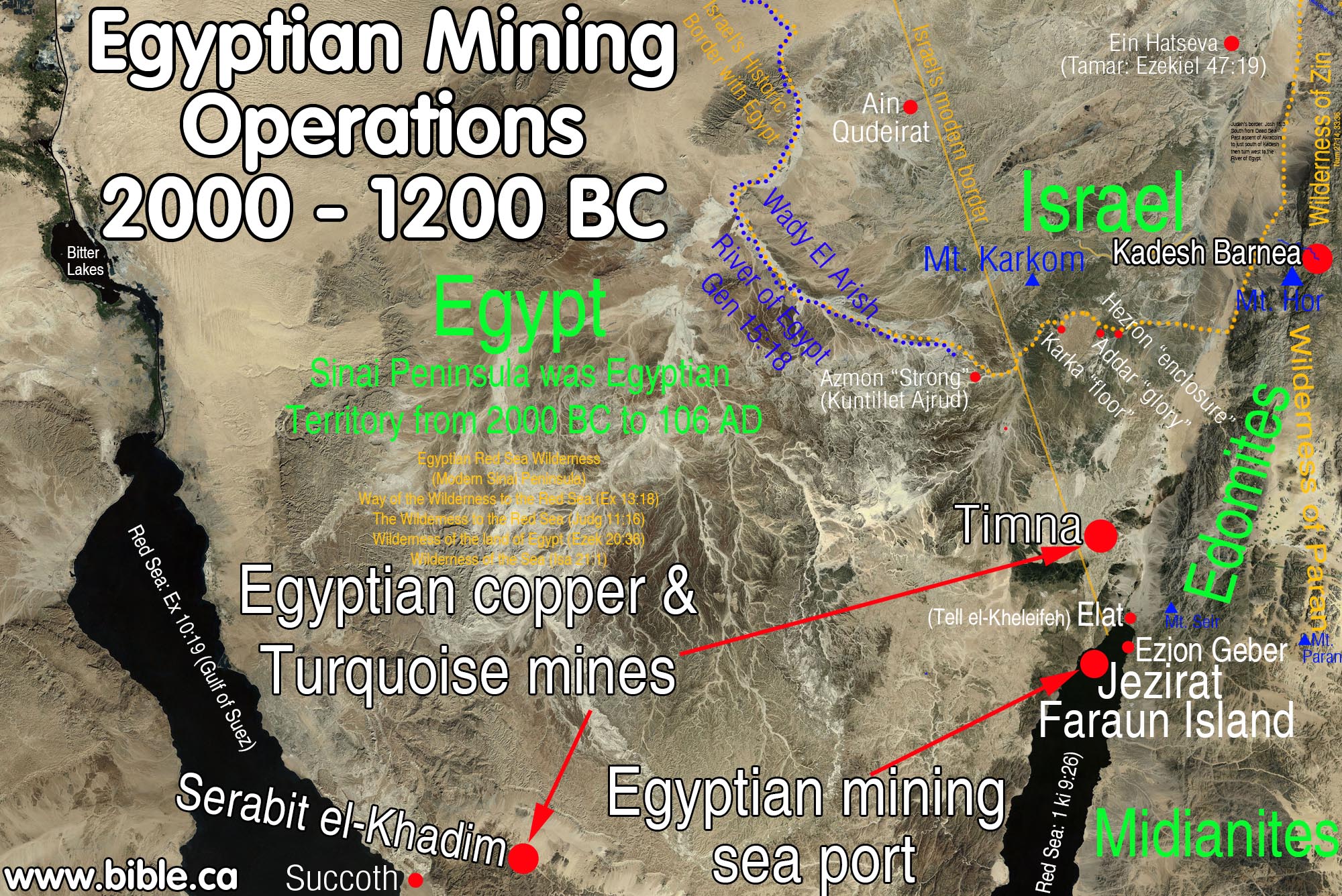
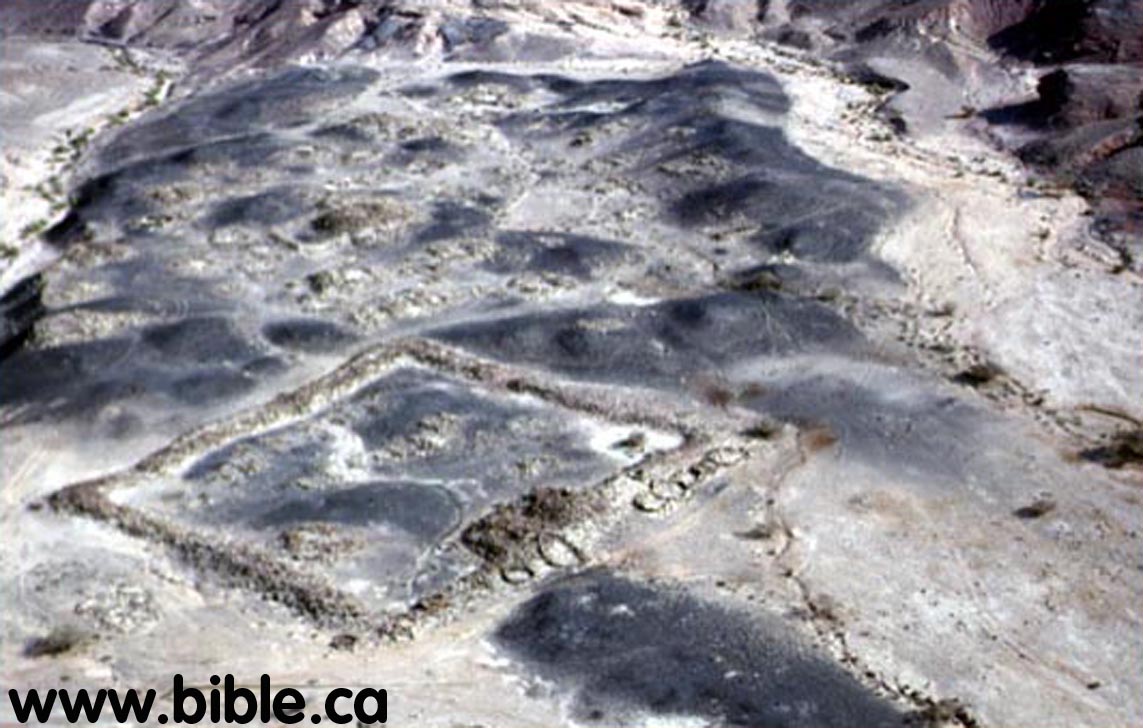
A. Timna and the Exodus:

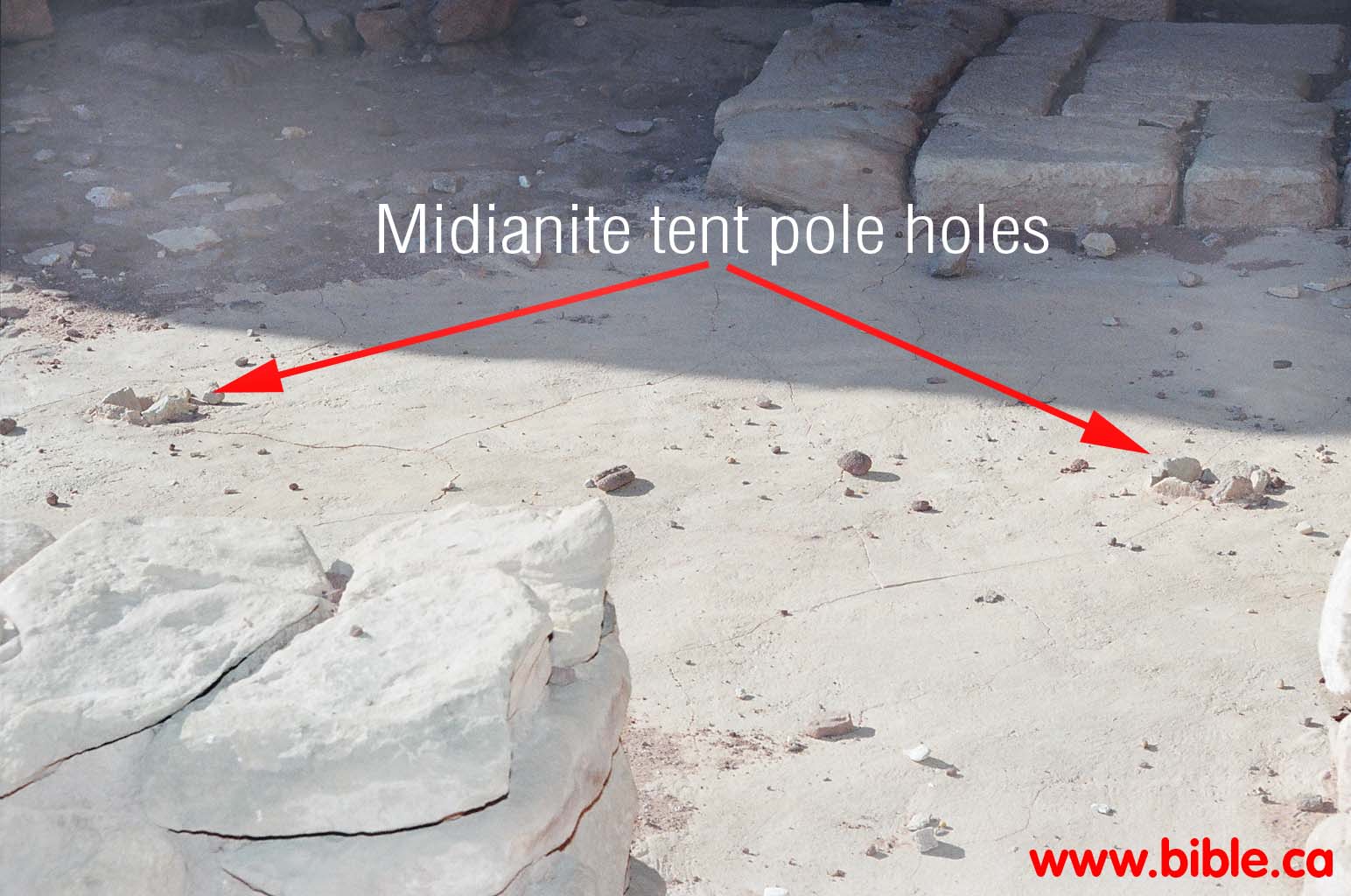
B. Pottery found at Timna:
C. Neutron Activation Analysis of pottery:
D. Negev ware pottery found at Timna:
|
Negev pottery is made with the hands and placed on a mat to dry. Here you can see the impressions of the mat on the bottom of the pottery. |
|
|
Here are the drawings of some of the hand made pieces found at Timna. |
|
|
More drawings. This hand made pottery was found at the Egyptian Hathor temple in Timna. |
E. Midianite pottery found at Timna:
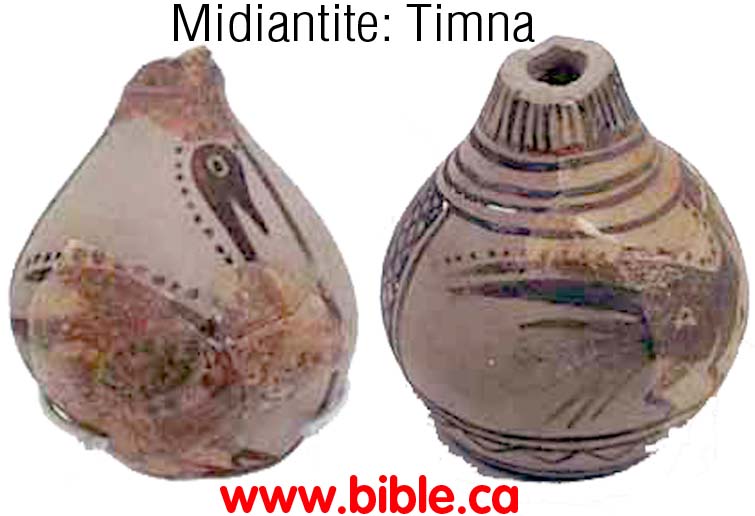
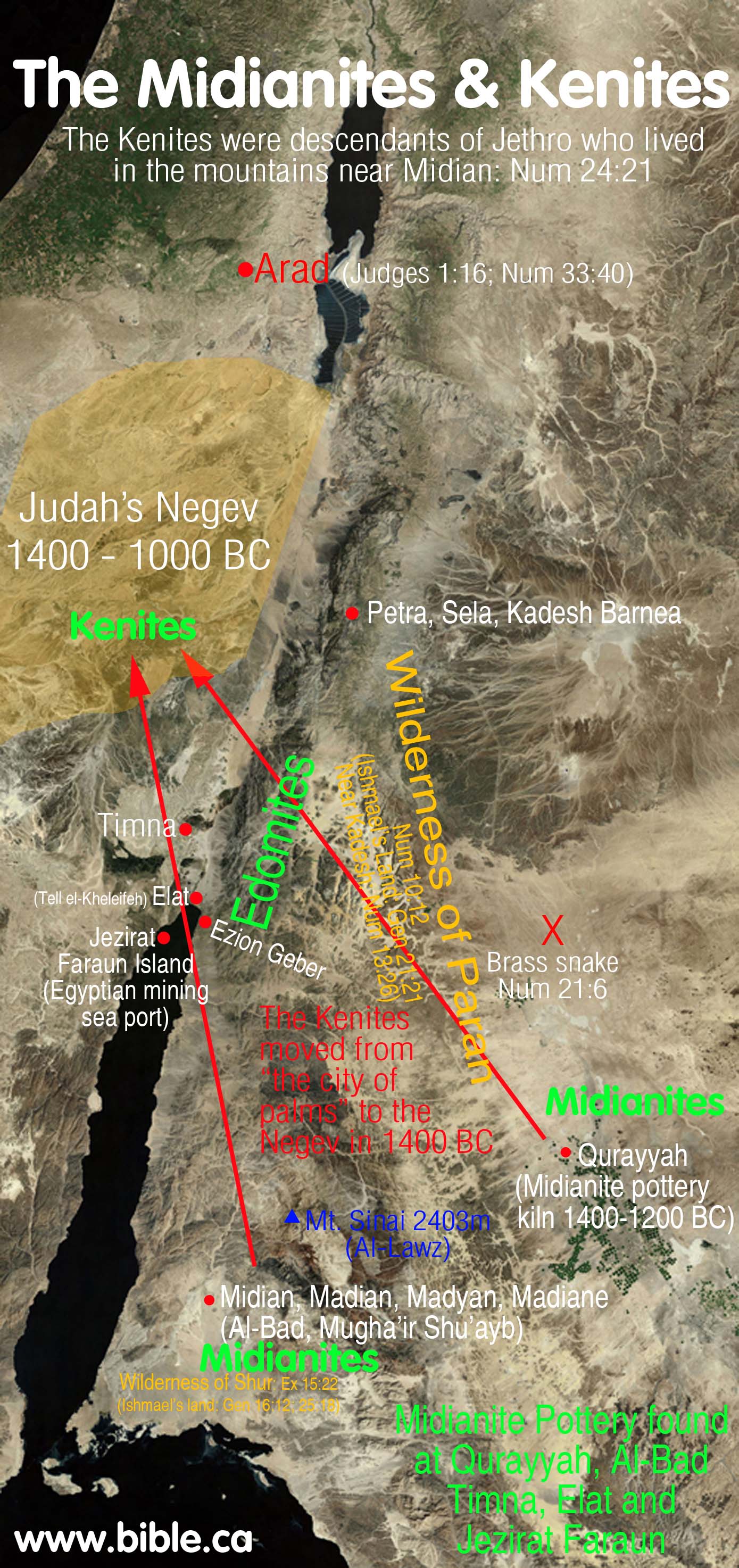
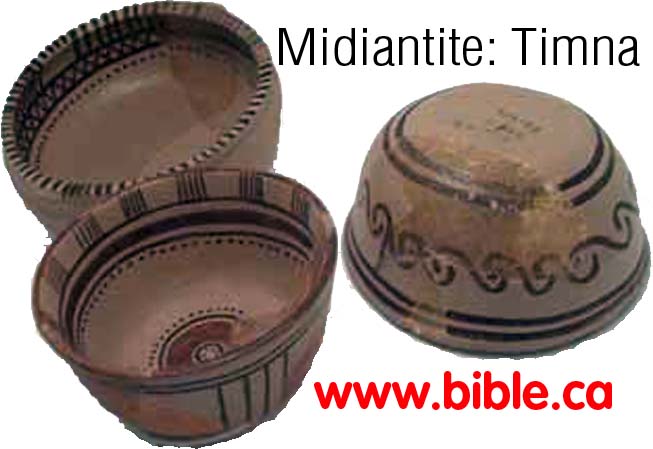
F. Dating Timna: 1440 BC - 1200 BC
G. The Hathor Temple at Timna:
|
The Egyptian goddess "Hathor" is featured with her "cow ears". One stone carving was found in the holiest portion of the temple known as the "naos". |
|
|
Hathor with her cute little cow ears! She was a female bovine deity worshipped by the Egyptians. This was found at Timna at the Hathor temple. Warning men: it is not currently a good idea to call your lady friend a cow... times have changed in 3300 years. |
|
|
A square pillar with a face of Hathor on each side was re-used as a standing stone by the Midianites, who deliberately defaced the Goddess's features. (Timna, Beno Rothenberg, 1969 AD) "A number of architectural elements, the square pillars, altars, etc., were re-used in the renovation of the temple as building stones or as part of the mazzeboth, but care was taken to deface the Hathor representations and to erase any visible hieroglyphic inscription. The central niche in the naos was left empty, but the naos itself was re-used, apparently still the temple's most important part. (Timna, Beno Rothenberg, 1969 AD) |
|
|
Here, a Midianite copper snake with a gilded head was found in situ, the only votive object actually found inside the naos." (Timna, Beno Rothenberg, 1969 AD) |
H. Jezirat Faraun: Timna's Egyptian sea port
I. Beno Rothenberg's mistakes on the exodus:
K. Papyrus Harris I, 1250 BC (Ramesses III)
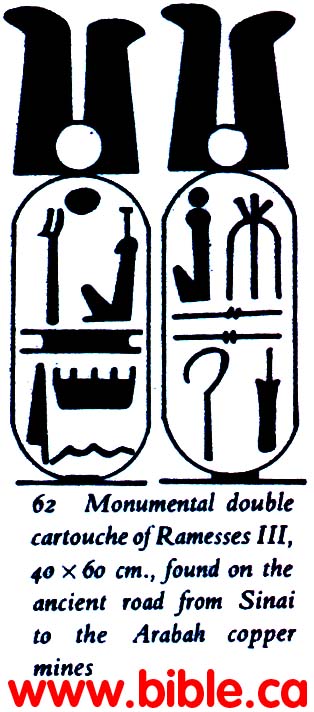
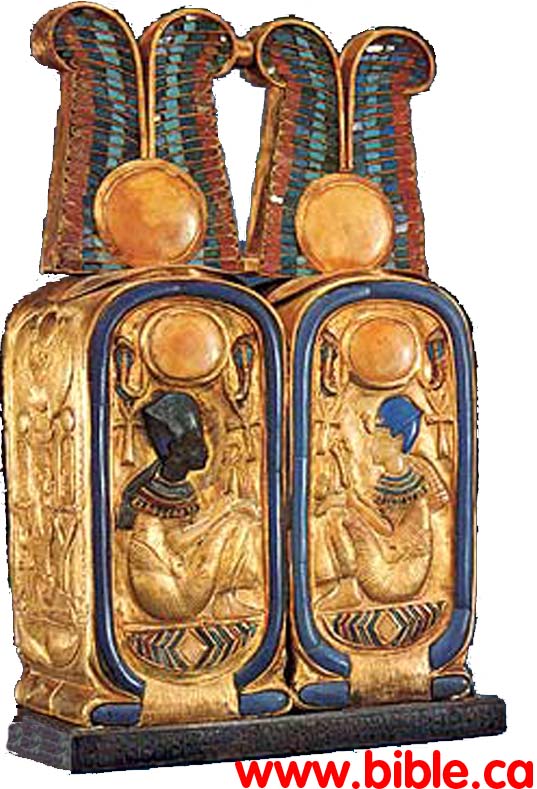
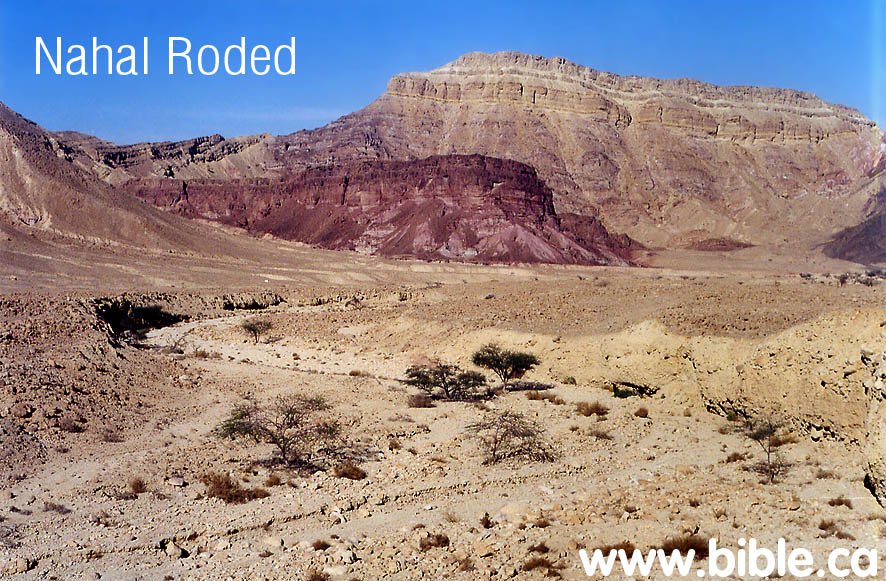
By Steve Rudd: Contact the author for comments, input or corrections.